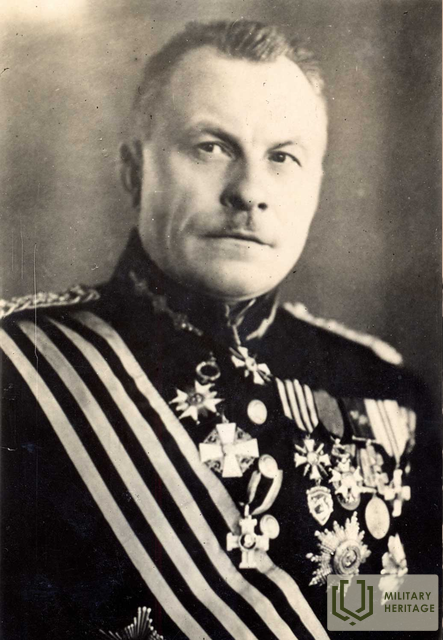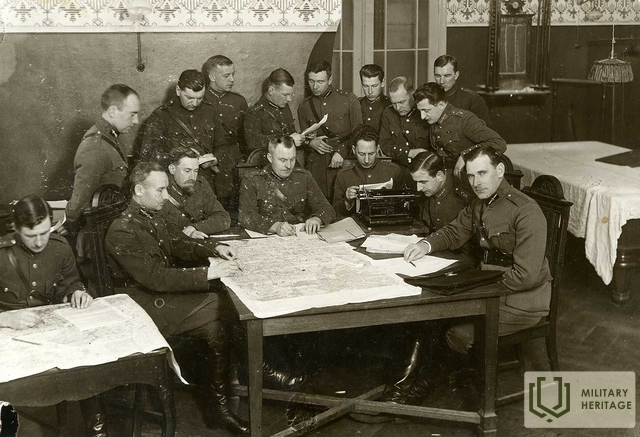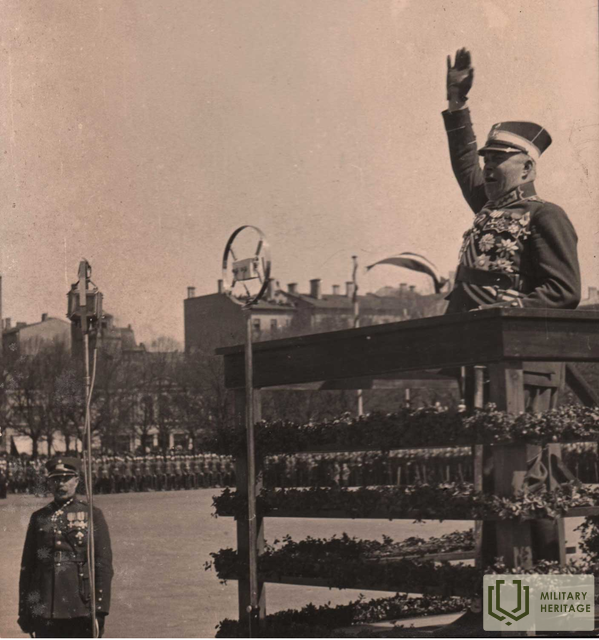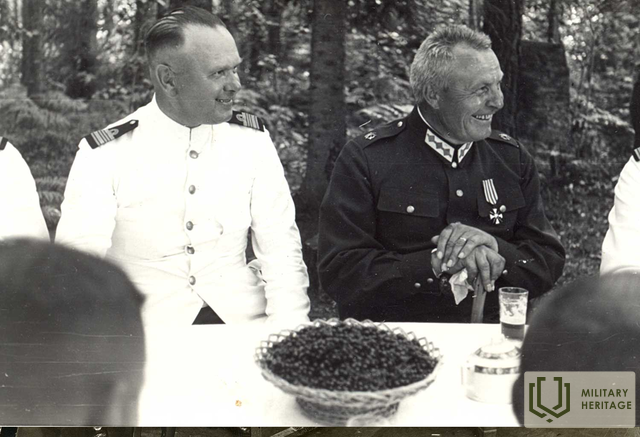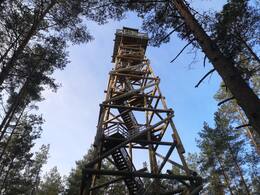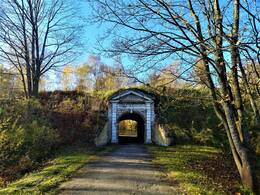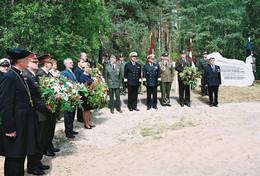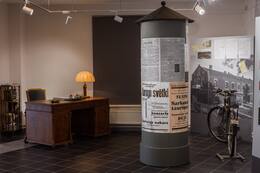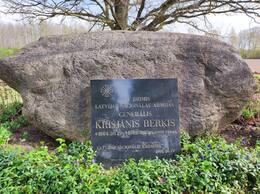Generolas Krišjānis Berkis
I WW1, I Nepriklausomybės karai, IV Sovietų okupacija
Krišjānis Berkis gimė 1884 m. balandžio 26 d. Bērzukroge, Īslīcės valsčiuje. 1903 m., baigęs Bauskės miesto mokyklą, Kr. Berkis įstojo į Vilniaus junkerių mokyklą, kurią baigė po 3 metų kaip puskarininkis. Tarnavo 2-ajame Suomijos šaulių pulke Helsinkyje. 1909 m. Kr. Berkis gavo leitenanto laipsnį, 1913 m. – štabo kapitono, o 1917 m. sausio mėn. – kapitono.
1917 m. liepą Kr. Berkis gavo pulkininko leitenanto laipsnį ir tapo 6-ojo Tukumo Latvijos šaulių pulko bataliono vadu. Po Spalio revoliucijos Kr. Berkis buvo pašalintas iš pareigų ir trumpam įkalintas, tačiau ir po paleidimo vis dar buvo priverstas slapstytis nuo bolševikų tiek Suomijoje, tiek Rusijoje, kol galiausiai 1919 m. pavasarį grįžo į Latviją.
1919 m. kovo 21 d. Kr. Berkis, jau būdamas pulkininku leitenantu, įstojo į Latvijos laikinosios vyriausybės ginkluotąsias pajėgas ir tapo rezervinio bataliono (vėliau 2-ojo Cėsių pėstininkų pulko) vadu, o nuo rugpjūčio – Latgalos divizijos vadu. 1919 m. spalį Kr. Berkis gavo pulkininko laipsnį.
1920 m. balandžio mėn. Kr. Berkis buvo išrinktas Steigiamojo Seimo deputatu, tačiau mandato atsisakė. 1925 m. Kr. Berkiui buvo suteiktas generolo laipsnis. Iki 1934 m. jis dirbo armijos štabo administraciniame skyriuje, buvo Vidžemės divizijos vadas ir Rygos garnizono viršininkas. 1934 m. lapkritį Kr. Berkis buvo paskirtas armijos vadu, o 1940 m. balandžio 5 d. – karo ministru.
Žurnalas „Kadets“, Nr. 4, 1936 m. balandžio 1 d., straipsnyje apie generolą Krišjānį Berkį rašė: „[...] mes visada matome generolą kaip išskirtinį energijos ir ryžto pavyzdį, nenuilstamą eilinį, gerai pažįstantį ir suprantantį kareivių gyvenimą ir jo aplinkybes. Paslaugus ir nuoširdus, visada tėviškai rūpestingas ir supratingas savo pavaldiniams – tikras latvis, turintis gerą širdį – toks mūsų tiesioginis viršininkas ir gyvenimo lyderis įsispaudė ne tik artimiausių kareivių, bet ir visų Latvijos kareivių širdyse. Generolo autoritetas ir pagarba, kurią kareiviai jam jaučia, nėra grindžiama griežtumu ir griežtumu, nėra grindžiama įstatymo viršenybe ir raide, bet jo autoriteto ir pagarbos pamatus – o šie pamatai yra granito kietumo – padėjo neramus mūsų tautos laisvės kovų metas.“
1940 m. birželio 20 d. Kr. Berkis buvo atleistas iš tarnybos, liepą suimtas, o rugpjūčio 9 d. kartu su sūnumi ir marčia ištremtas į Rusiją, kur 1941 m. birželį kalėjo. Mirė 1942 m. liepos 29 d. Permės kalėjimo ligoninėje.
Daugiau informacijos šaltinių
Latvijos karo muziejus. Generolas Krišjānis Berķis. Prieiga: http://www.karamuzejs.lv/lv/Izstades/generali/generalis_BerkisKrisjanis.aspx [žiūrėta 2021 05 06].
Susijusios vietos
Bumbu kalvos gaisrų stebėjimo bokštas
Latvijos laisvės kovų atminimo vieta. 1919 m. lapkritį, per Bermontiadas, čia buvo įsikūręs Krišjanio Berkio vadovaujamos Latgalos divizijos vadovavimo postas. 6-asis Rygos pėstininkų pulkas, puldamas nuo Bumbu kalno, užėmė Sudrabkalninį.
Daugavgryvos tvirtovė
Daugavgryvos tvirtovė (įėjimas iš Birzės gatvės) yra Daugavgryvos saloje, kur Bulupės upė įteka į Dauguvos upę. Tvirtovė buvo pastatyta XVII a., siekiant apsiginti nuo priešų, judančių Rygos kryptimi, kuri buvo svarbus administracinis, prekybos ir gamybos centras. Vėliau ji tapo pagrindiniu Latvijos armijos pakrantės gynybos įtvirtinimu su keliais atramos taškais. Ši gynybinė įtvirtinimų sistema yra vienas vertingiausių Latvijos karinio paveldo objektų. Ši tvirtovė yra Latvijos karinės istorijos liudininkė. Pavyzdžiui, Krymo karo metu (1853–1856 m.) čia buvo mokomos Latvijos ir Estijos patrankinių valčių įgulos. Pagrindinis šių dalinių tikslas buvo ginti vietos uostus ir pakrantę nuo britų karinio jūrų laivyno atakų. Pirmojo pasaulinio karo metu čia buvo suformuotos Daugavgryvos milicijos kuopos. Tai buvo pirmieji Latvijos koviniai daliniai, atsiradę dar anksčiau nei Latvijos šauliai. Šiandien galima pamatyti tvirtovės teritoriją. Netoliese yra Kometfortas ir Pajūrio gamtos parkas, o kitoje Dauguvos pusėje – Mangaļsalos įtvirtinimai.
Atminimo akmuo Latvijos ir Estijos kariams, žuvusiems Cėsių mūšyje netoli Raunos
Įsikūręs Priekulių valsčiuje, Cėsių–Valmieros plento pakraštyje, netoli tilto per Raunos upę.
Galima apžiūrėti akmentašio Voldemaro Koltovo nukaltą atminimo akmenį su granito atminimo ženklu Cėsių mūšyje žuvusiems kariams.
Atidaryta 2004 m., minint 85-ąsias Cėsių mūšio metines.
Atminimo akmuo 110 estų ir 44 latvių kariams, žuvusiems mūšyje Raunos ir Gaujos upių pakrantėse.
Mūšiuose prie Raunos ir Gaujos didvyriškai kovojo 3-iosios Estijos divizijos 6-asis pulkas (vadas K.Tallo), 3-iasis pulkas (vadas J.Krūss) ir Šiaurės Latvijos brigados 2-asis Cėsių pulkas (vadas K.Berkis).
Paroda „Latvijos armija Pliavinėse XX amžiuje“.
Adresas: Odzienas g. 2, Pļavinės.
Eksponuojama nuolatinė ekspozicija „Latvijos armija Pliavinėse XX amžiuje“.
Pastatas Pliavinėse, Odzienos gatvėje 2, turi ilgą istoriją – nuo tada, kai „Stukmaņi“ didmenininkas „Hugo Apeltofts“ pradėjo jame aktyvią ūkinę veiklą ir taip prisidėjo prie Pliavinių miesto plėtros, iki to momento, kai Nepriklausomybės karo metu čia buvo įkurtas Latvijos Rytų fronto štabas. 1919 m. būtent iš Pliavinių buvo vadovaujamos Latvijos armijos dalinių operacijos prieš Raudonąją armiją Latgaloje.
1934 m. prie šių namų buvo atidengta memorialinė lenta su užrašu: „1919 m. šiuose namuose buvo įsikūręs Rytų fronto štabas, o čia generolas Janis Balodis perėmė vyriausiąją Latvijos nacionalinės armijos vadovybę.“ Sovietų valdžia ją 1940 m. pašalino ir sunaikino, tačiau 1990 m. birželio 16 d., padedant Latvijos nacionalinės išlaisvinimo armijos Pliavinės skyriui, ji buvo atstatyta.
Dabar šalia buvusio štabo pastato stovi memorialinė stela, skirta 15 Lačplėsio Karo ordino riterių, gimusių Pliavinos krašte, o patalpose sukurta paroda „Latvijos armija Pliavinoje XX amžiuje“, kurioje pasakojama apie Laisvės kovų įvykius, Latvijos armijos 3-iosios Latgalos divizijos štabo veiklą Pliavinoje, taip pat galima susipažinti su Lačplėsio Karo ordino riterių gyvenimo istorijomis.
Netoli parodų pastato yra Latgalos divizijos štabo pastatas, kurį 1913 m. kaip „Stukmanu“ likerio fabriką pastatė grafas Teodoras Medemas. 1919 m. jį perėmė P. Stučkos režimas, kuriame taip pat buvo įkurtas kalėjimas. Išvijus bolševikus, 1925 m. pastatą perėmė Latvijos armija, kurioje buvo įsikūręs Latgalos divizijos štabas. Šiame pastate savo karinę karjerą praleido 10 Latvijos armijos generolų ir kitų karininkų. 1940 m. pastatą perėmė Raudonoji armija. Pokario metais jame buvo įsikūrusi mokykla, taip pat savivaldybė. Apie 1970 m. pastatą pradėjo naudoti gamybos susivienijimas „Rīgas Apērbs“.
Parodą būtina apžiūrėti iš anksto telefonu 28442692.
Generolo K. Berkio atminimo vieta
Generolo Krišjānio Berkio (1884–1942) paminklas pastatytas jo gimtinės vietoje prie ąžuolo. Paminklą 1998 m. balandžio 26 d. savo lėšomis pastatė Latvijos nacionalinė karių asociacija. Kr. Berkis buvo Latvijos armijos generolas, Latvijos šaulių vadas, kovojęs Pirmajame pasauliniame kare ir Latvijos Nepriklausomybės kare. Lačplėšio karo ir Trijų žvaigždžių ordinų kavalierius. Latvijos ginkluotųjų pajėgų vadas, Latvijos karo ministras.
Krišjānis Berkis gimė 1884 m. balandžio 26 d. Bērzukroge, Īslīcės valsčiuje. 1903 m., baigęs Bauskės miesto mokyklą, Kr. Berkis įstojo į Vilniaus junkerių mokyklą, kurią po 3 metų baigė kaip puskarininkis. Tarnavo 2-ajame Suomijos šaulių pulke Helsinkyje. 1909 m. Kr. Berkis gavo leitenanto laipsnį, 1913 m. – štabo kapitono, o 1917 m. sausį – kapitono. 1917 m. liepą Kr. Berkis gavo pulkininko leitenanto laipsnį ir tapo 6-ojo Tukumo Latvijos šaulių pulko bataliono vadu. Po Spalio revoliucijos Kr. Berkis buvo pašalintas iš pareigų ir trumpam įkalintas, tačiau paleistas vis dar buvo priverstas slapstytis nuo bolševikų tiek Suomijoje, tiek Rusijoje, kol galiausiai 1919 m. pavasarį grįžo į Latviją. 1919 m. kovo 21 d. Kr. Berkis, jau būdamas pulkininku – leitenantu, įstojo į Latvijos laikinosios vyriausybės ginkluotąsias pajėgas ir tapo rezervinio bataliono (vėliau 2-ojo Cėsių pėstininkų pulko), o nuo rugpjūčio – Latgalos divizijos vadu. 1919 m. spalį Kr. Berkis gavo pulkininko laipsnį. 1920 m. balandį Kr. Berkis buvo išrinktas Steigiamojo susirinkimo deputatu, tačiau mandato atsisakė. 1925 m. Kr. Berkiui buvo suteiktas generolo laipsnis. Iki 1934 m. jis dirbo armijos štabo administraciniame skyriuje, buvo Vidžemės divizijos vadas ir Rygos garnizono viršininkas. 1934 m. lapkritį Kr. Berkis buvo paskirtas armijos vadu, o 1940 m. balandžio 5 d. – karo ministru. 1940 m. birželio 20 d. Kr. Berkis buvo atleistas iš tarnybos, liepą suimtas, o rugpjūčio 9 d. kartu su sūnumi ir marčia deportuotas į Rusiją, kur 1941 m. birželį buvo įkalintas. Mirė 1942 m. liepos 29 d. Permės kalėjimo ligoninėje.
Susijusi istorija
Ball Mountain
Bumbu kalnas – aukšta kalva Bolderajos kopose, Kleistu miške, Rygoje. Latvijos laisvės kovų atminimo vieta. 1919 m. lapkritį, per Bermontiadas, čia buvo įsikūręs Krišjanio Berkio vadovaujamos Latgalos divizijos vadovavimo postas. Nuo Bumbu kalno puolęs 6-asis Rygos pėstininkų pulkas užėmė Sudrabkalninį. 1939 m. buvo įrengta atminimo lenta, kuri buvo sunaikinta 1969 m. Atminimo vieta atkurta 1989 m.




